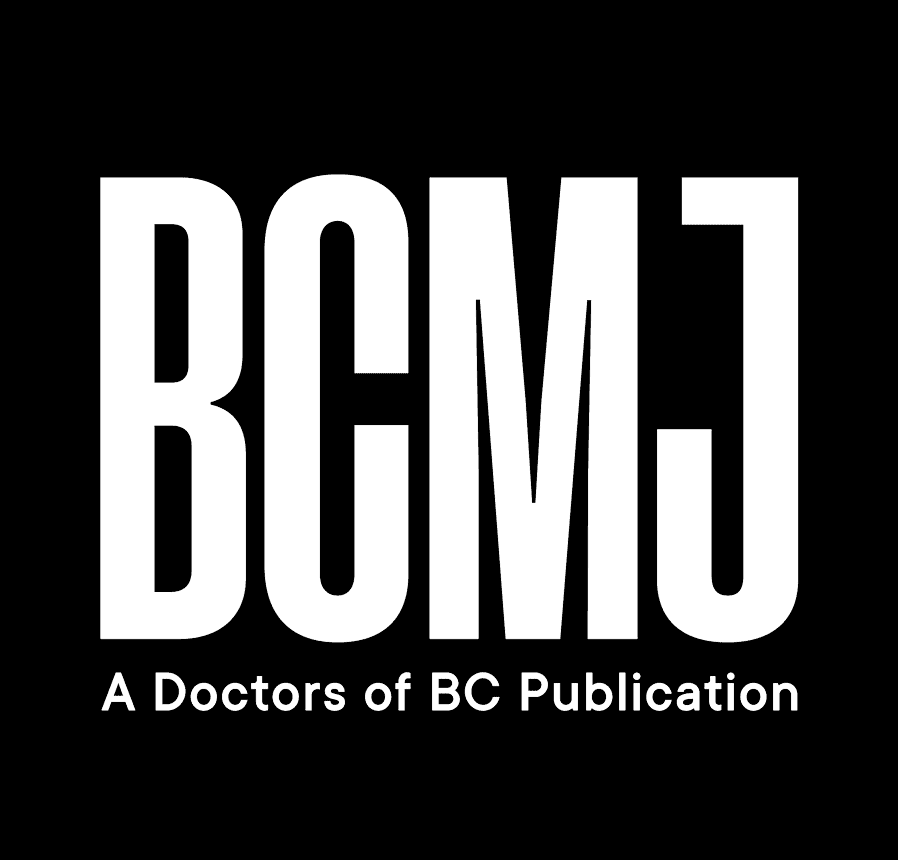Public policy in the age of insecurity
As humans, we all experience a certain level of natural insecurity—an inherent worry that drives us to ensure that our basic health needs (food, shelter, and connection) are met. But modern economic, political, and social structures are generating new and unnatural threats, known as “manufactured insecurity,”[1] which can have harmful health effects. These range from emotional insecurity fueled by social media to increasingly prevalent income insecurity that contributes to energy, housing, and food insecurity.
In our current free-market economy, the basics for healthy survival—food, shelter, education, and health care—are becoming commodities available only to the wealthy. Without adequate regulations, companies are free to raise prices, evict tenants, and keep wages as low as possible to maximize profits. For many Canadians, the necessities of life are unaffordable. Despite living in one of the wealthiest countries in the world, in 2022, 11.6% of British Columbians were living in poverty.[2]
The negative health impacts of the toxic stress associated with chronic insecurity are well documented.[3] People experiencing poverty face a greater risk of mental illness, chronic disease, reduced life expectancy, and lower educational achievement.[4] Children are most impacted by poverty, experiencing developmental delays, chronic health problems, nutritional deficiencies, and adverse childhood experiences, which perpetuate the intergenerational cycle of poverty. The elderly, residents of rural areas, Indigenous people, and those living with disabilities are also disproportionately affected.[2]
As a society, we have created the conditions that foster insecurity; we can also design structures to lessen insecurity. Although there are recognized strategies for frontline providers to apply, such as social prescribing, upstream problems require upstream solutions,[3] and there is evidence that the implementation of system-level policies is effective. A recent University of British Columbia study found that providing a universal, guaranteed basic income to eliminate poverty would result in a net benefit to Canadians of $541 billion annually. For every dollar invested, approximately $4 to $7 in economic impacts would be generated.[5] The 2017 Ontario Basic Income Pilot demonstrated improved health outcomes, lower use of health services, and increased ability to access medications and other treatments.[4] More recently, the Canada Emergency Response Benefit lifted millions of people out of poverty during the COVID-19 pandemic.[4] Investing in supports for the early years is another high-impact intervention, with every dollar invested returning $3 to $9 on future health, criminal justice, and social assistance spending.[6]
In 1976, Canada formally recognized the right of every citizen to adequate food, clothing, and housing and the highest attainable standard of physical and mental health.[7] Once a world leader in social policy and programs, Canada now ranks 39th among 170 countries, but as the value of social investments becomes increasingly clear, progressive governments are again introducing more social programs like national pharmacare, dental care, and subsidized child care programs that will alleviate financial pressures on many low-income Canadians.[8] Canada’s Old Age Security and Guaranteed Income Supplement are essential income for many older adults. British Columbia’s 2024 Poverty Reduction Strategy promotes increased investment in social housing, with rent controls, minimum wages keeping pace with living wages, and increased support for seniors and children.[2]
Insecurity in all its forms takes an enormous health and economic toll on individual Canadians and on society. Health professionals must continue to advocate for a strong, just, and equitable universal public health care system and social policies to protect all Canadians and allow them to flourish today and into the future. Although the upfront costs may seem daunting, the cost of doing nothing is greater.
—Katharine McKeen, MD, MBA, FCFP
Council on Health Promotion Chair
—Ilona Hale, MD, FCFPC
Council on Health Promotion Member
hidden
This article is the opinion of the authors and not necessarily the Council on Health Promotion or Doctors of BC. This article has not been peer reviewed by the BCMJ Editorial Board.
 |
| This work is licensed under a Creative Commons Attribution-NonCommercial-NoDerivatives 4.0 International License. |
References
1. Taylor A. 2023 CBC Massey lectures: Astra Taylor. The age of insecurity. 17 November 2023. Accessed 11 February 2025. www.cbc.ca/radiointeractives/ideas/2023-cbc-massey-lectures-astra-taylor.
2. Government of British Columbia. British Columbia's 2024 poverty reduction strategy. Updated 26 July 2024. Accessed 11 February 2025. www2.gov.bc.ca/gov/content/governments/about-the-bc-government/poverty-reduction-strategy.
3. Andermann A, CLEAR Collaboration. Taking action on the social determinants of health in clinical practice: A framework for health professionals. CMAJ 2016;188:E474-E483. https://doi.org/10.1503/cmaj.160177.
4. Ontario Basic Income Network. The case for basic income and health. Accessed 11 February 2025. www.obin.ca/bi_and_health.
5. Sumaila UR, Wabnitz CCC, Teh LSL, et al. Utilizing basic income to create a sustainable, poverty-free tomorrow. Cell Rep Sustain 2024;1:100104. https://doi.org/10.1016/j.crsus.2024.100104.
6. Government of Canada. The chief public health officer’s report on the state of public health in Canada 2008: Addressing health inequalities. Accessed 11 February 2025. www.canada.ca/en/public-health/corporate/publications/chief-public-health-officer-reports-state-public-health-canada/report-on-state-public-health-canada-2008.html.
7. Government of Canada. Reports on United Nations human rights treaties. 2017. www.canada.ca/en/canadian-heritage/services/canada-united-nations-system/reports-united-nations-treaties.html. Modified 15 August 2024. Accessed 11 February 2025.
8. Social Progress Imperative. Global social progress index. Accessed 11 February 2025. www.socialprogress.org/social-progress-index.
